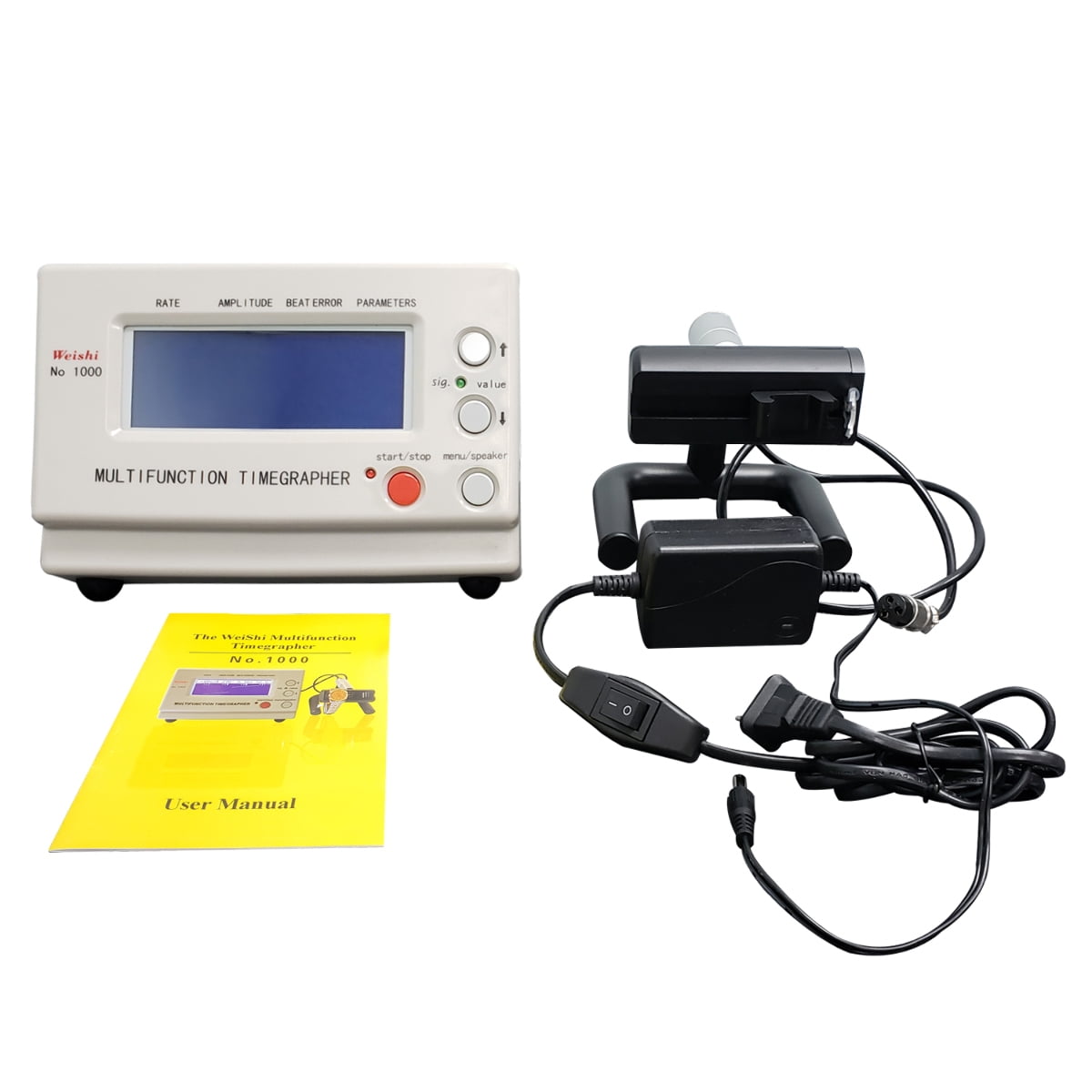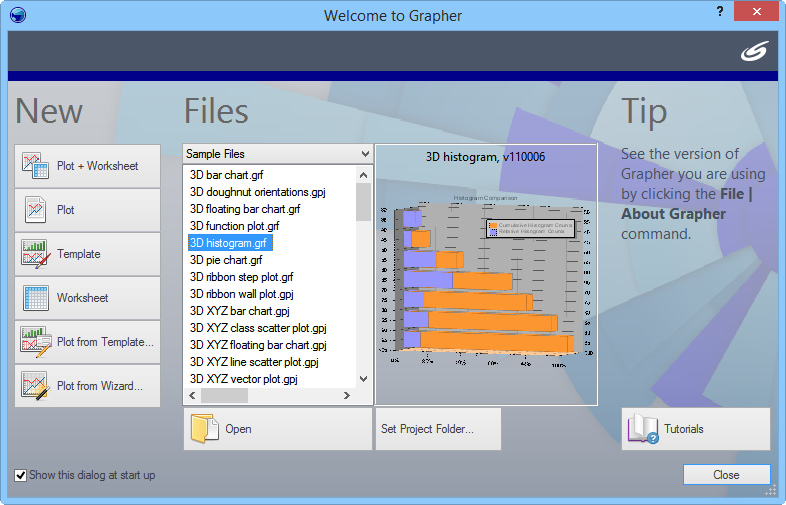

#Timegrapher software how to
Out of interest, if you want to know more about what these machines are telling you (I remember the cheap one I had didn't come with any idea of how to read the output), have a read of pages 5 to 15 of this. One of the major differences between the best watches and lesser ones is the poise of the balance, that affects positional agreement markedly. It helps to do some background reading to learn more about mechanical watches and the factors affecting the performance. I`ve seen it a couple of times with Orient watches. If the amplitude becomes very high (>340°) and the trace goes crazy you've got a problem leaving the watch to run a minute or so and it'll appear correct. Onl y way to simulate this is to put it on a Timegrapher with the caseback off the carefully rotate the rotor to simulate fully wound/spring slipping situation. It's possible that the spring isn`t slipping inside the barrel correctly causing the watch to overbank and run fast. If you look at the positional agreement you'll see what I mean.Īs for the watch that's running fast on the wrist (one minute per day if I`ve understood correctly), there's definitely a problem if it runs at +10 secs/day on a winder.

Is there anything I'd lose out on with 1000? Don't mind spending a bit more, I'm sure it will sell on if I get fed up of watches!A well regulated Speedbird or CWC will give a better performance than a Rolex that's not so well regulated, but the precision won`t be as good. Being of a scientific persuasion I'd like hard evidence one way or the other.
#Timegrapher software plus
I've got an odd timekeeping situation with an IWC Aquatimer, for example wound on the watch winder and checking with WatchTracker about +10spd, but in my wrist about +1 min spd or more! I'd like to know what's going on with that, plus i have a general feeling that my less expensive watches, (speedbird, CWC) keep as good or better time than the Rolex's etc. I doubt I'll be taking things to pieces but I would like to health check. So, if you have co ax's, spend a bit more money and get one like Paul's You just get a load of random dots on the screen and it can't detect even the beat. Where it doesn't work at all is on co-axial escapements. PaulAs an addendum to this post, I have one of the cheap ones where you can set beat and lift angle manually, although the auto detect works 99% of the time. If you're a watch enthusiast there's far more sense in buying one of these than some over-priced manufacturer's own brand strap or deployant clasp.

If you know what you're doing you can check the auto-winding quite easily and detect several faults on a watch, but for most people the amplitude, rate and positional variation will be sufficient. Knowing how to interpret the data helps too. It would be useful (for me) to have a plot facility over a period of hours but I can live without that. This one allows the beat number and lift angle to be manually set and it also seems happy to 'read' co-axial movements correctly, giving the correct amplitude readings provided the lift angle's set correctly. It's had a lot of use and it's still going strong.

I paid around £350 in 2012 for a MTG-3000 Timegrapher which is a copy of a far more expensive Swiss machine.


 0 kommentar(er)
0 kommentar(er)
